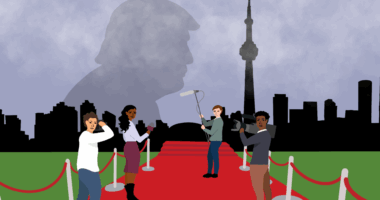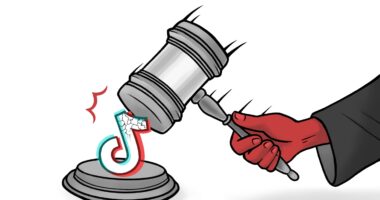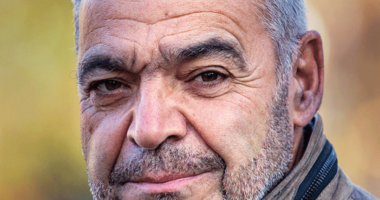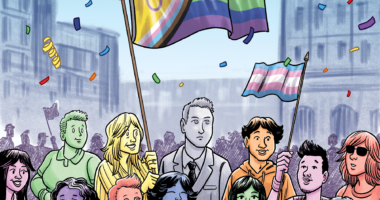The Arts of the Deal
In March, after a month of deliberation by President Donald Trump to impose tariffs on numerous countries, a 25 percent tax was placed on goods entering the United States from Canada and Mexico. Canadians across the country remained uneasy as the days went on, fearing possible job cuts and even higher inflation.









